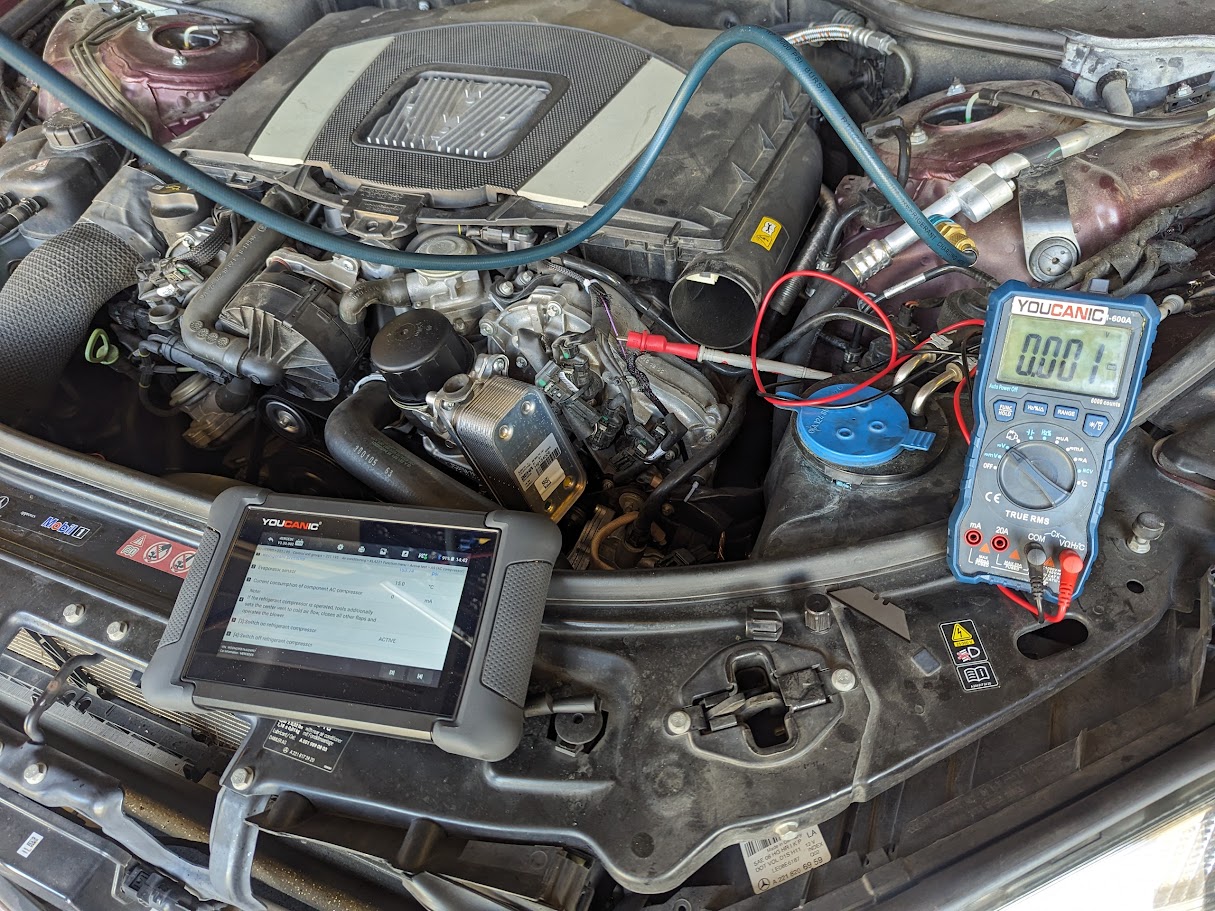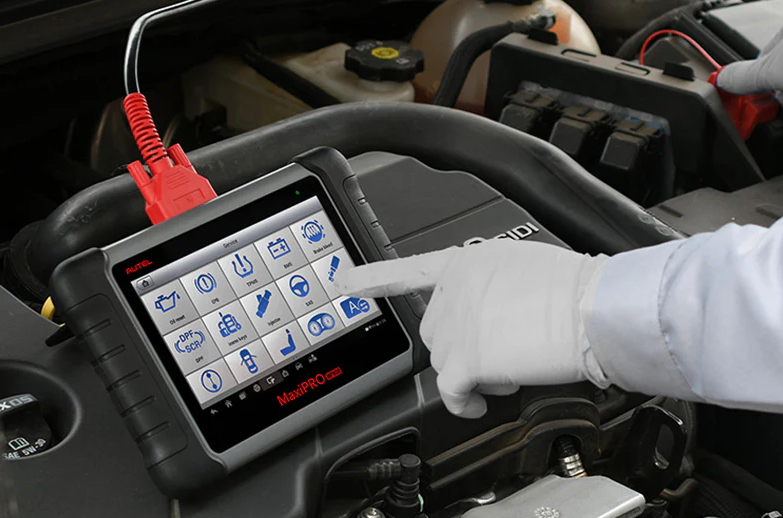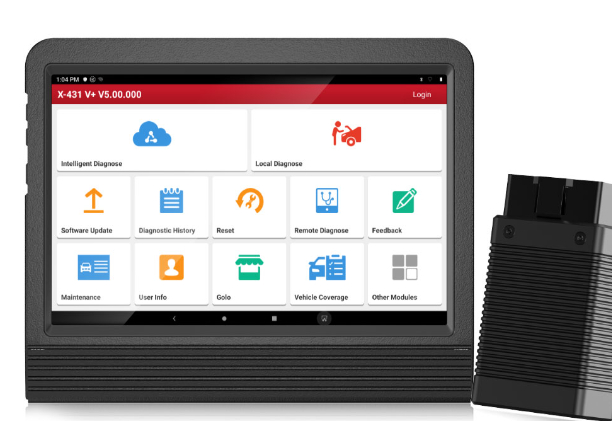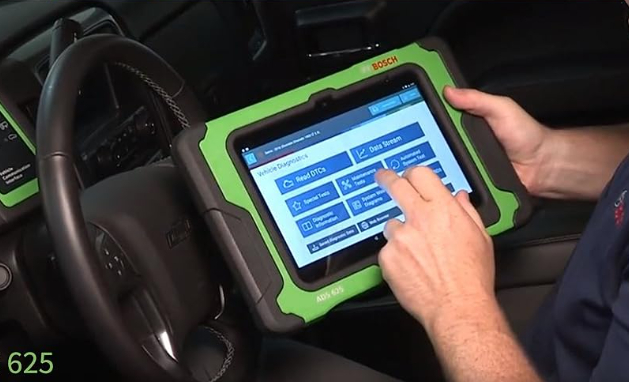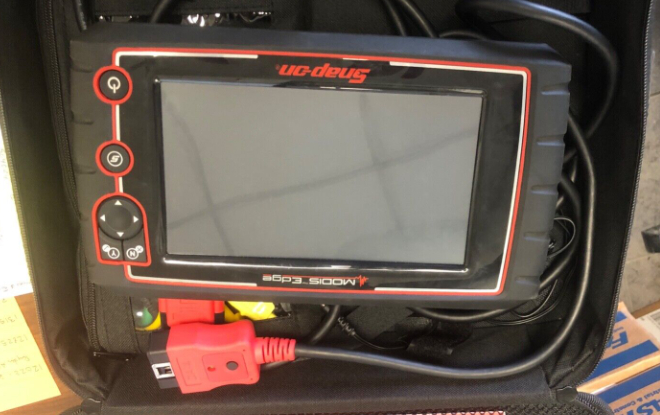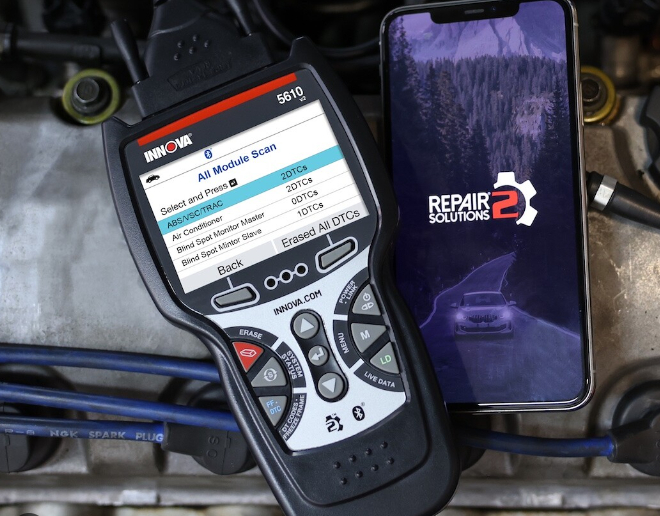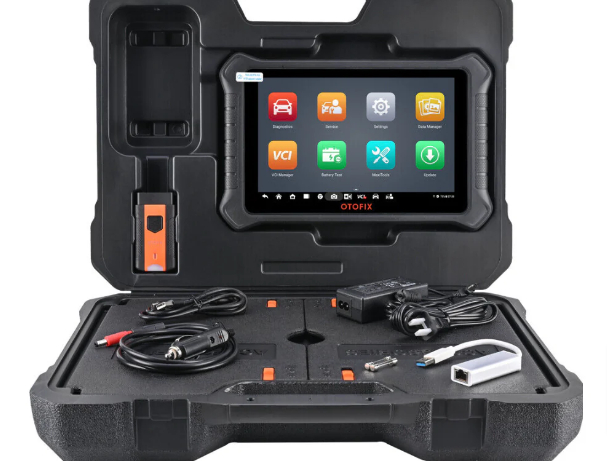Assembling a nine ball pool table might seem like a straightforward task at first glance. However, for professional pool table mechanics, it’s a meticulous process that requires a specialized arsenal of tools and materials. These elements, combined with years of experience and a keen eye for detail, ensure a perfectly leveled and playable surface for countless games to come.
The foundation of a professional’s toolkit lies in precision measuring instruments. High-quality spirit levels, ideally at least four feet long, are essential for meticulously assessing the flatness of the slate bed – the heart of the playing surface. Tape measures and squares ensure precise alignment of rails and other components during assembly.
Beyond measuring tools, professionals rely on specialized equipment to manipulate the table’s various parts. Socket wrenches of different sizes become their trusted companions, allowing for adjustments to leveling bolts on tables with adjustable legs. For those without adjustable legs, shims – thin wedges of durable material – come into play. Professionals strategically place these under specific legs to achieve micro-adjustments and create a perfectly level playing surface.
The assembly process also necessitates a variety of other materials. Specialized fasteners, chosen for their strength and ability to secure components without damaging the table, are crucial. High-quality felt, meticulously chosen based on the table’s specifications and the owner’s preferences, is another essential element. Finally, pool table mechanics often carry a variety of cleaning supplies to ensure the slate and other components are spotless before assembly, promoting optimal ball roll and a pristine playing experience.
The Anatomy of a Nine-Ball Pool Table
The nine-ball pool table, a centerpiece for countless hours of recreation and friendly competition, is a marvel of engineering and design. But beneath the sleek surface lies a carefully constructed framework of key components, each playing a vital role in creating a perfect playing experience. Let’s delve into the details of these essential elements, and explore some tips for assembly.
The Foundation: Frame and Slate
The foundation of any nine-ball pool table is the frame. This sturdy structure, typically crafted from wood or metal, provides the framework that supports the slate bed and playing surface. The quality of the frame is paramount, as it needs to be durably constructed to withstand the force of energetic cueing and ensure the slate remains perfectly level over time.
Sitting atop the frame is the heart of the table: the slate bed. This thick slab of precision-honed slate provides a perfectly flat and true playing surface for the pool balls. The slate’s density and rigidity ensure balls roll predictably and consistently, regardless of where they are struck on the table. Higher quality pool tables often boast thicker slate, which translates to a superior playing experience.
The Playing Surface: Felt and Cushions
Once the slate bed is secured to the frame, it’s time for the felt – the fabric that provides the playing surface where the magic truly happens. Felt comes in various grades and weaves, each affecting the speed of the balls and the overall playing style. Tournament-grade felt, for instance, offers a slower playing surface, allowing for more strategic shot-making. The felt is meticulously stretched and secured to the slate, ensuring a wrinkle-free and taut surface for optimal ball roll.
Finally, the cushions, those rubberized bumpers that line the rails and pocket openings, complete the nine-ball pool table. Cushions play a crucial role in how balls rebound off the rails and into pockets. Their responsiveness and liveliness are carefully considered, with some players preferring livelier cushions for a faster-paced game. Properly installed and maintained cushions ensure balls carom off the rails with predictable angles, adding an element of strategy and skill to the game.
Assembly Tips: Rails and Pockets
Now, let’s delve into some assembly specifics. Attaching the rails to the frame typically involves slotting them into designated grooves and then using specialized brackets or hardware to fix them in place. This stage often requires an extra set of hands to ensure proper alignment and hold the rails steady while attaching the fasteners.
Securing the Pockets: Once the rails are secured, it’s time to install the pockets. These are typically attached to the underside of the table using screws or specialized fasteners provided by the manufacturer. Here’s where attention to detail is key. Ensure the pockets are positioned squarely and evenly spaced from the rails. Double-check that the pocket liners, if applicable, are properly seated within the pockets to ensure smooth ball entry.
A Step-by-Step Look at Nine-Ball Pool Table Frame Assembly
The first step involves familiarization. Carefully review the assembly instructions provided by the manufacturer. These will provide detailed diagrams and explanations specific to your table model. Lay out all the components – legs, rails, braces, and fasteners – in a well-lit workspace to ensure you have everything at hand.
Next comes the leg attachment. Following the manufacturer’s instructions, securely attach the legs to the designated spots on the main frame. Double-check all connections and tighten the fasteners appropriately. Depending on the table design, some legs might be pre-assembled and simply require bolting onto the frame.
With the legs firmly in place, it’s time to focus on the rails. These long, cushioned structures that border the playing surface need to be meticulously aligned and secured. The assembly process typically involves slotting the rails into designated grooves on the frame and then using specialized brackets or hardware to fix them in place. This stage often requires an extra set of hands to ensure proper alignment and hold the rails steady while attaching the fasteners.
Once the rails are secure, some tables might require the installation of additional support braces. These braces, typically made of metal, provide structural stability and prevent the frame from warping over time. The assembly instructions will detail the location and attachment method for these braces.
The final step in frame assembly involves a thorough inspection. Ensure all connections are secure, there are no loose bolts or screws, and the frame sits level and stable. A spirit level can be helpful here to confirm a perfectly flat surface for the upcoming slate installation.
By following these steps carefully and referencing the manufacturer’s instructions, you can successfully assemble the frame of your nine-ball pool table. Remember, taking your time, ensuring proper alignment, and double-checking connections are crucial for a sturdy and stable foundation for your future games. With the frame complete, you’ll be well on your way to transforming your space into a haven for competitive fun and billiards mastery.
The Finishing Touches
The most crucial step involves leveling the slate bed. This seemingly simple task is paramount for ensuring balls roll predictably and true across the entire surface. Professional pool table mechanics rely on high-quality spirit levels, ideally at least four feet long, to meticulously assess the flatness of the slate in both lengthwise and crosswise directions. If any dips or slopes are identified, adjustments might be necessary. For tables with adjustable legs, this often involves using a wrench to carefully raise or lower individual legs until the spirit level shows a perfectly centered bubble.
In some cases, the table might not have adjustable legs, or the floor itself might be uneven. Here’s where shims come in handy. These thin wedges of material like wood or plastic can be strategically placed under specific legs to create the necessary micro-adjustments and achieve a perfectly level playing surface. Alternatively, for significant dips or slopes in the floor, a leveling compound might be used to create a more even base for the table to rest upon.
Once the slate is demonstrably level, it’s time to address the final details. Double-check that all the fasteners are secure, ensuring no rattles or loose connections that could disrupt gameplay. Inspect the felt for any wrinkles or imperfections. A taut and wrinkle-free surface is essential for optimal ball roll. If any minor imperfections are found, a carefully applied felt iron can help smooth them out.
Finally, with the table level and the playing surface pristine, you can attach the pool balls and accessories. Take a moment to admire your handiwork. You’ve not only assembled a nine-ball pool table, but you’ve also ensured it’s ready to provide countless hours of competitive fun and billiards mastery for you and your fellow players.









